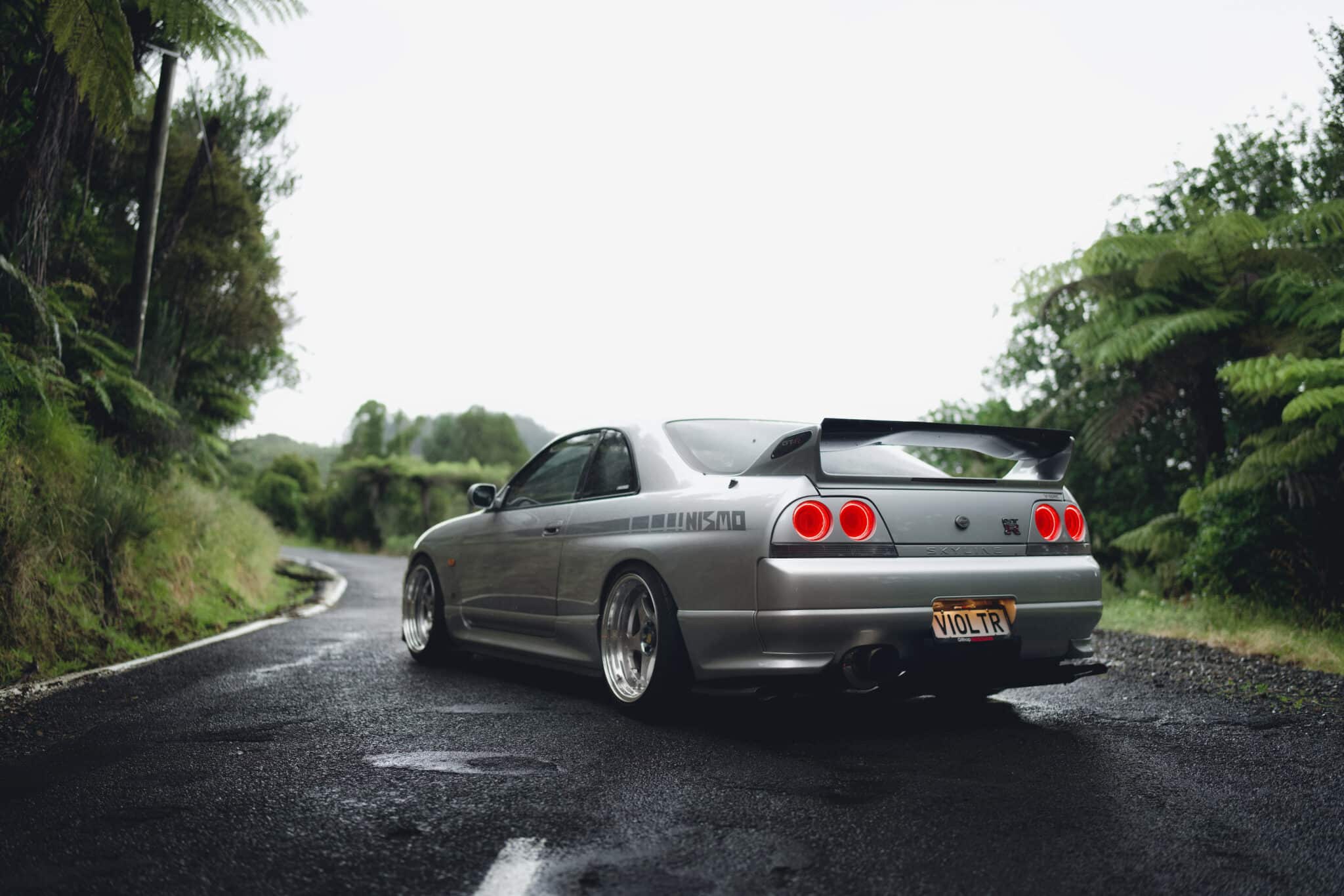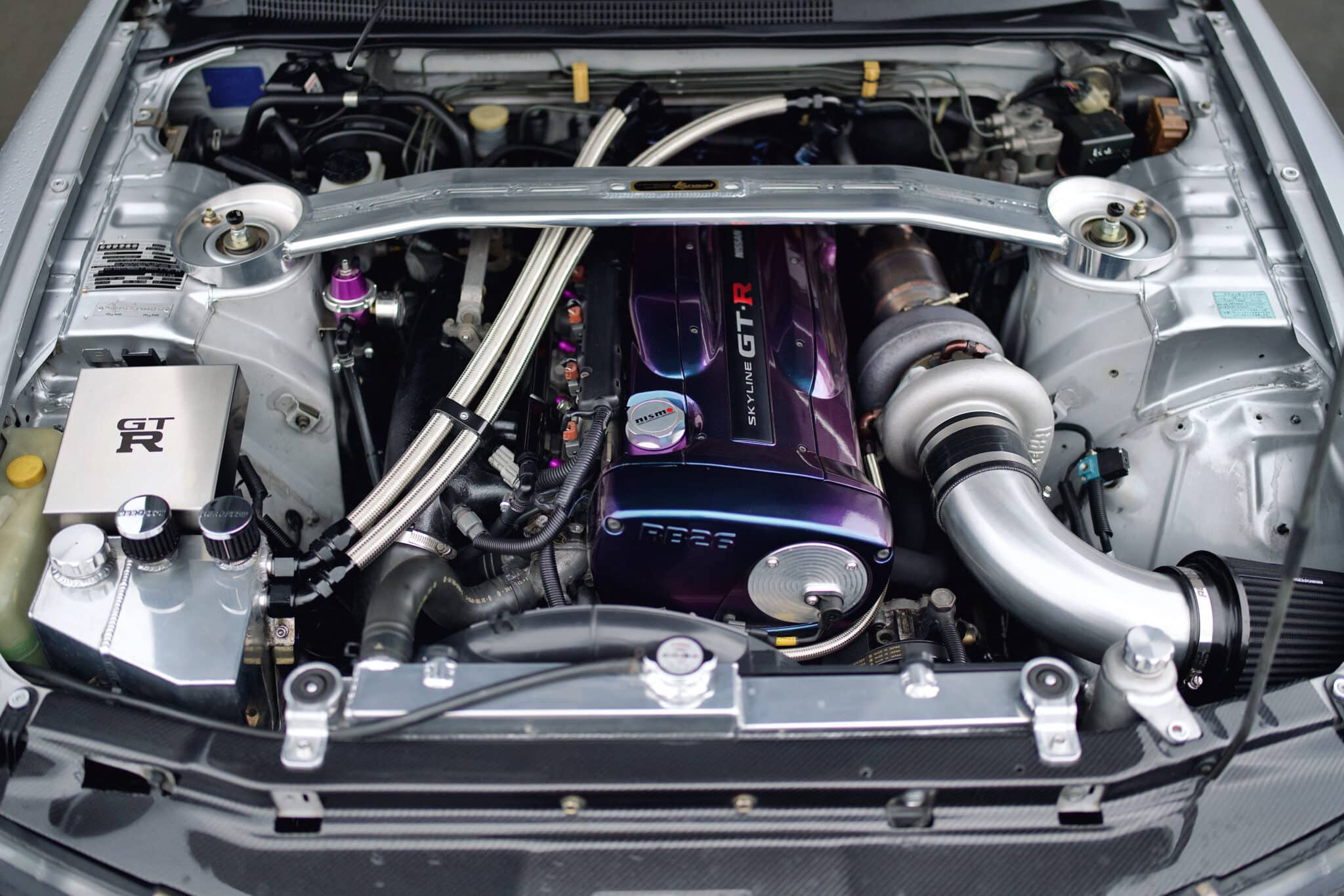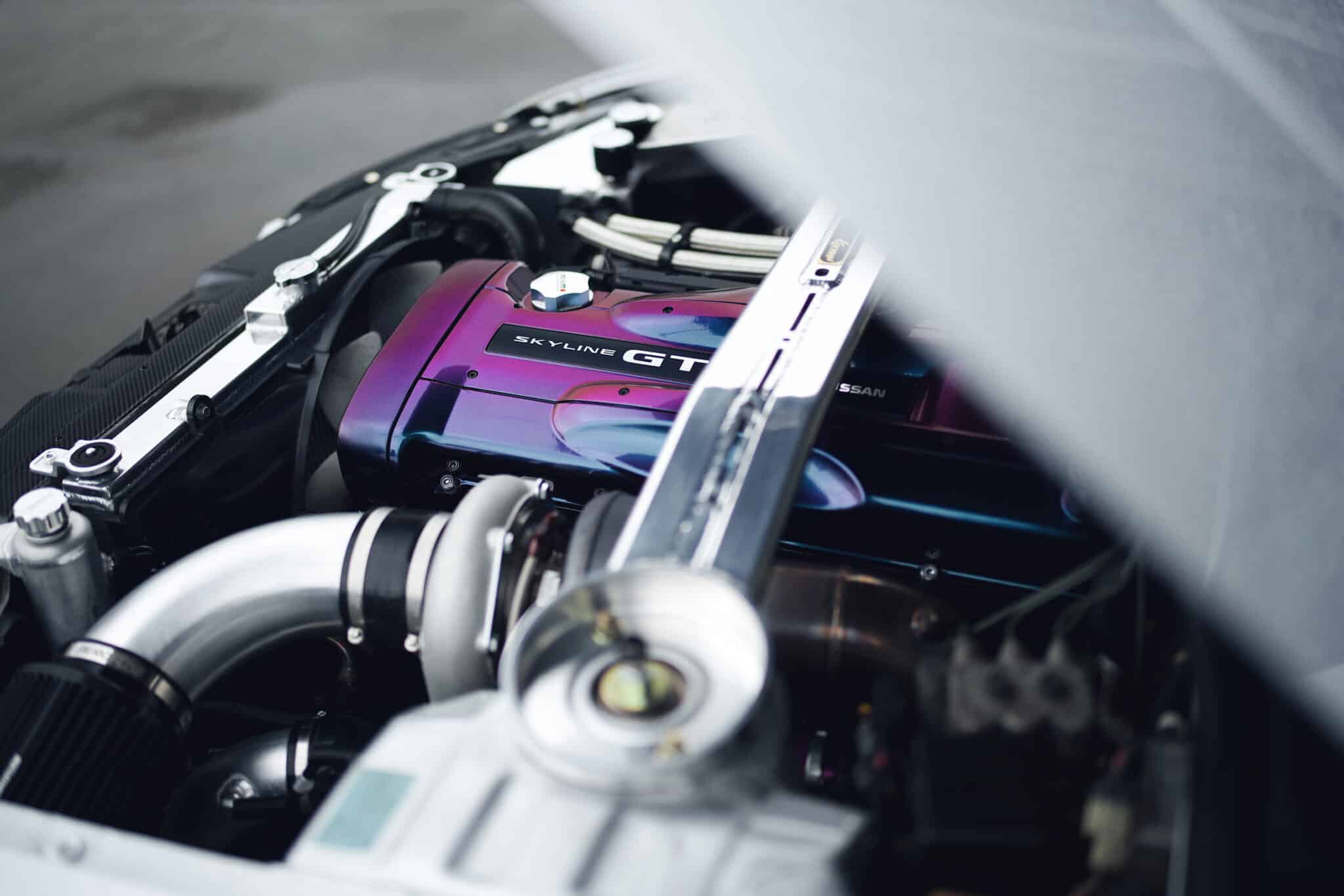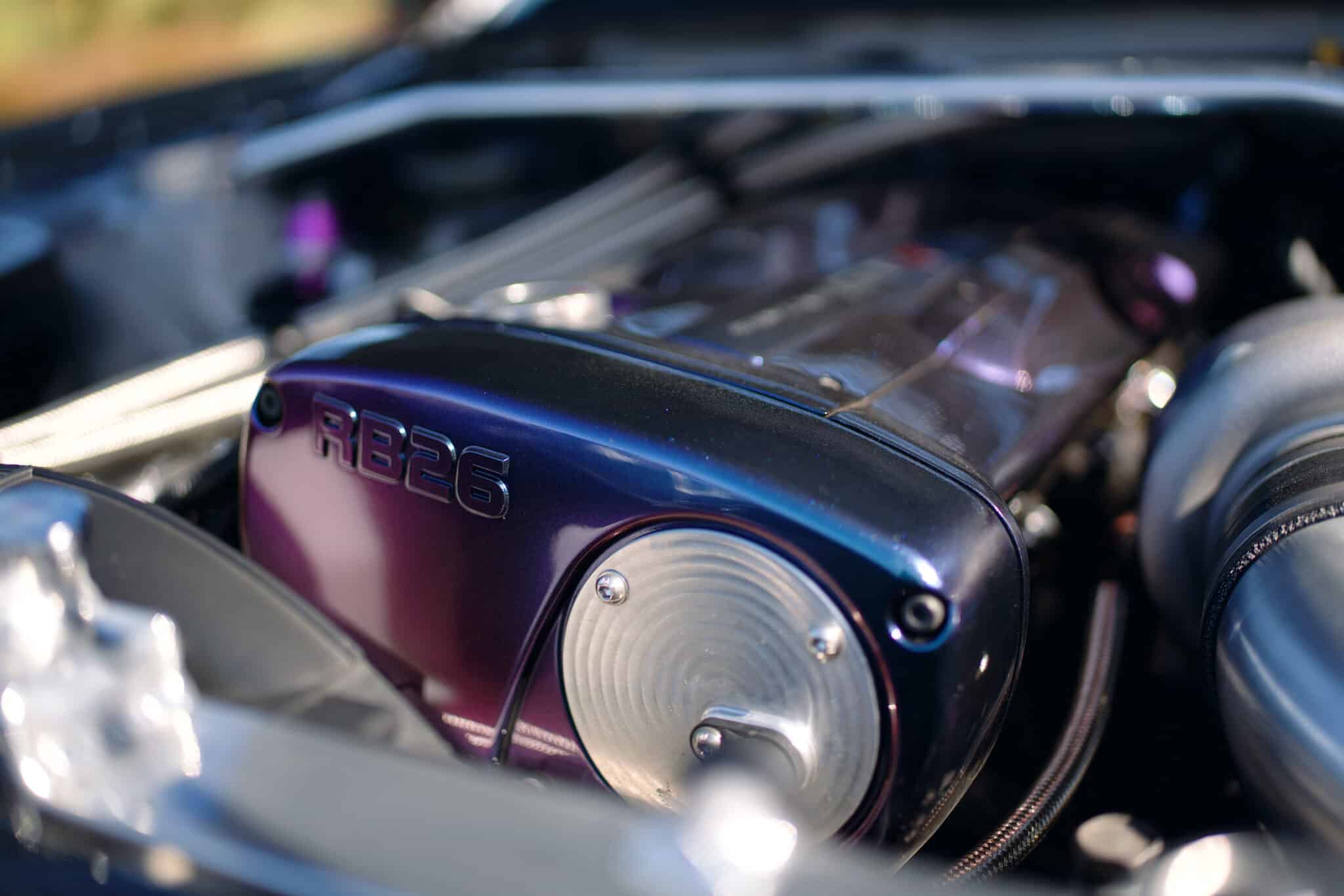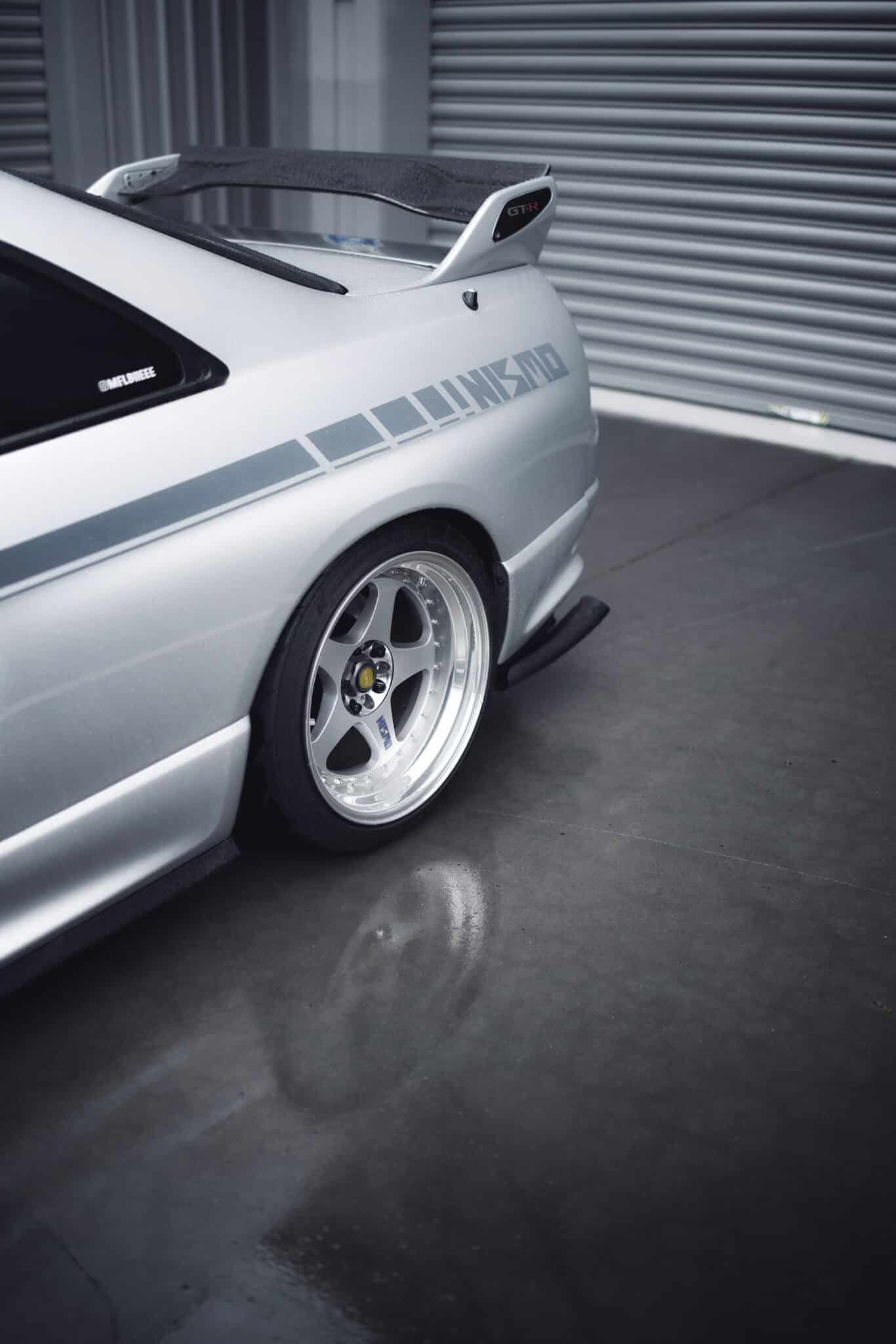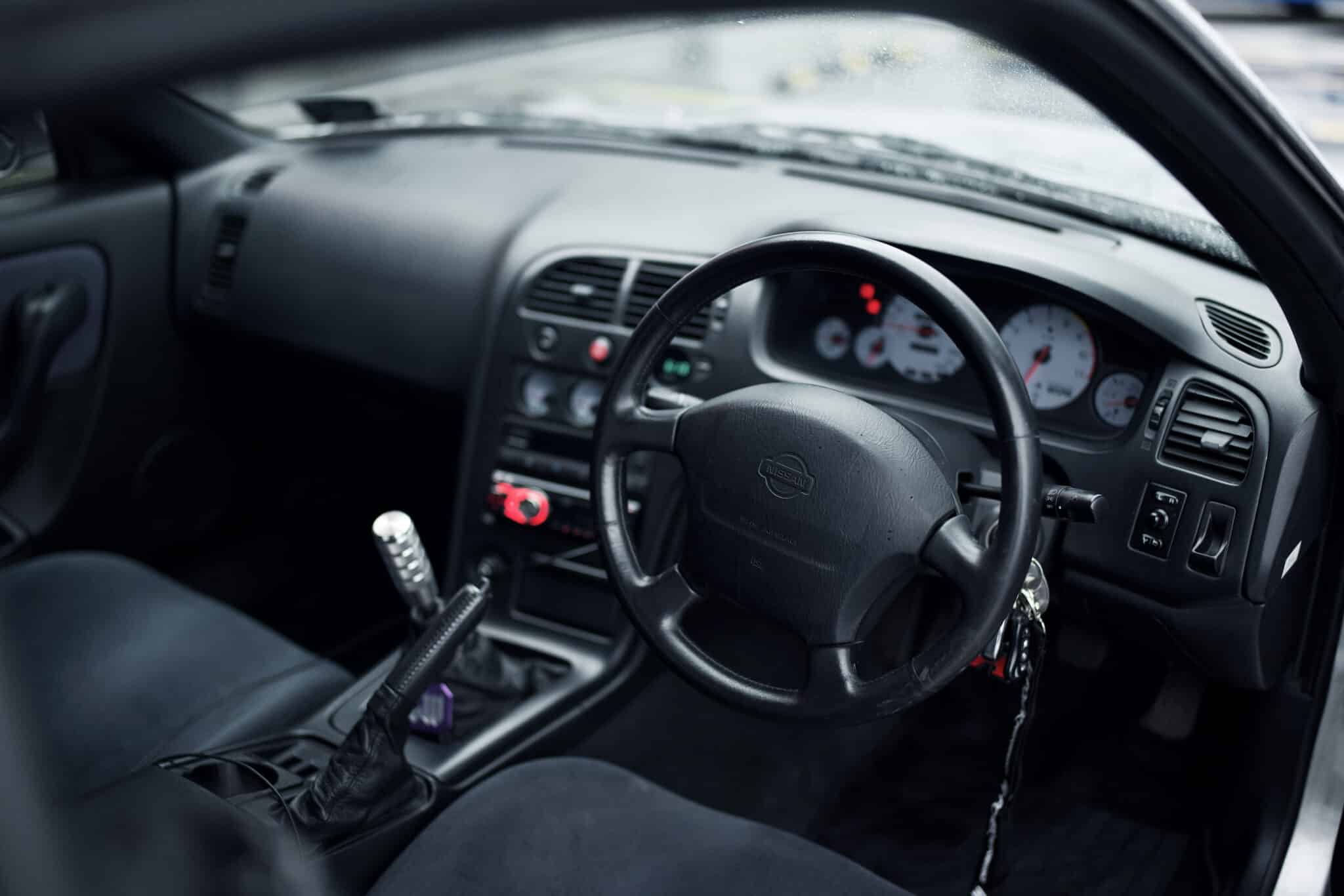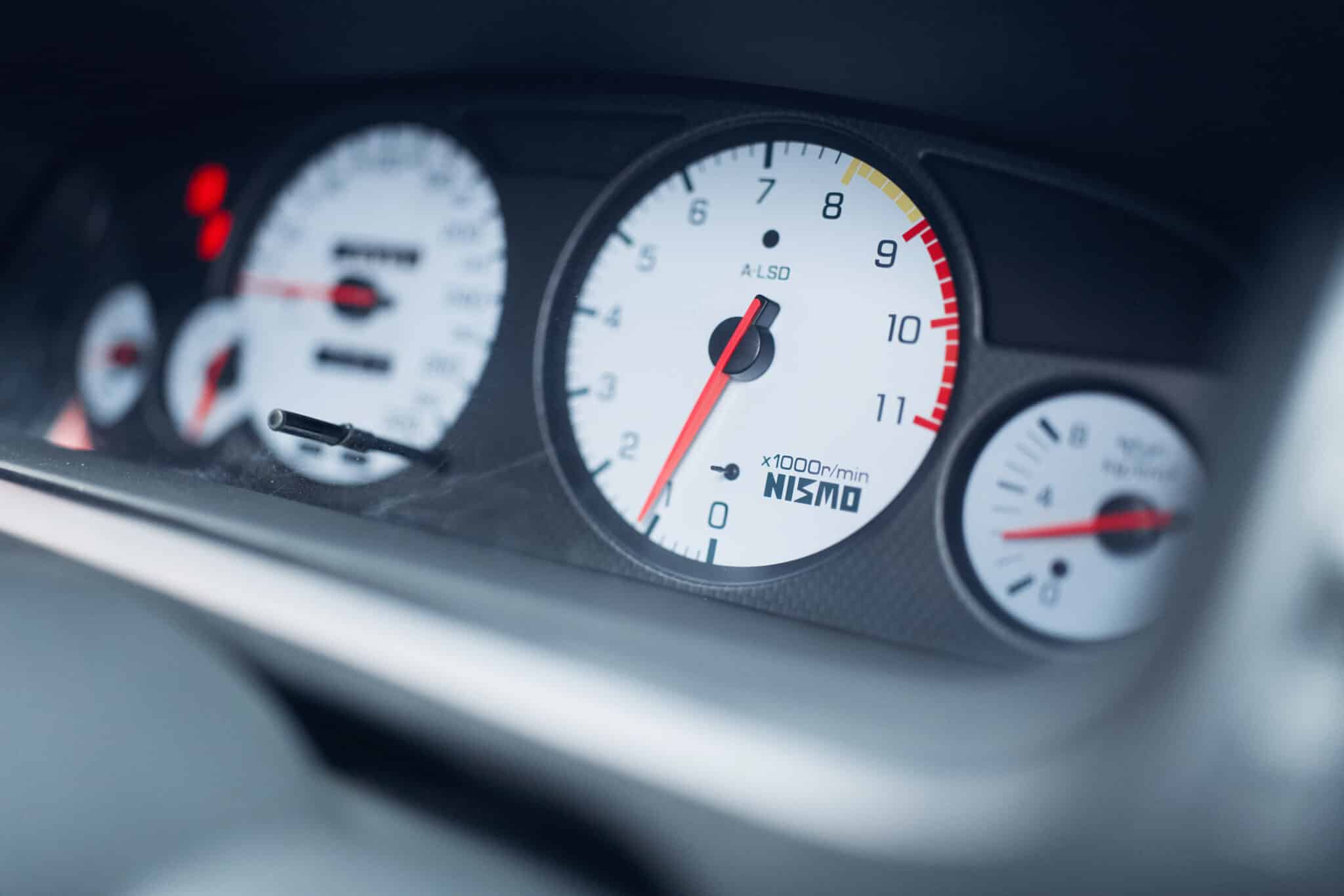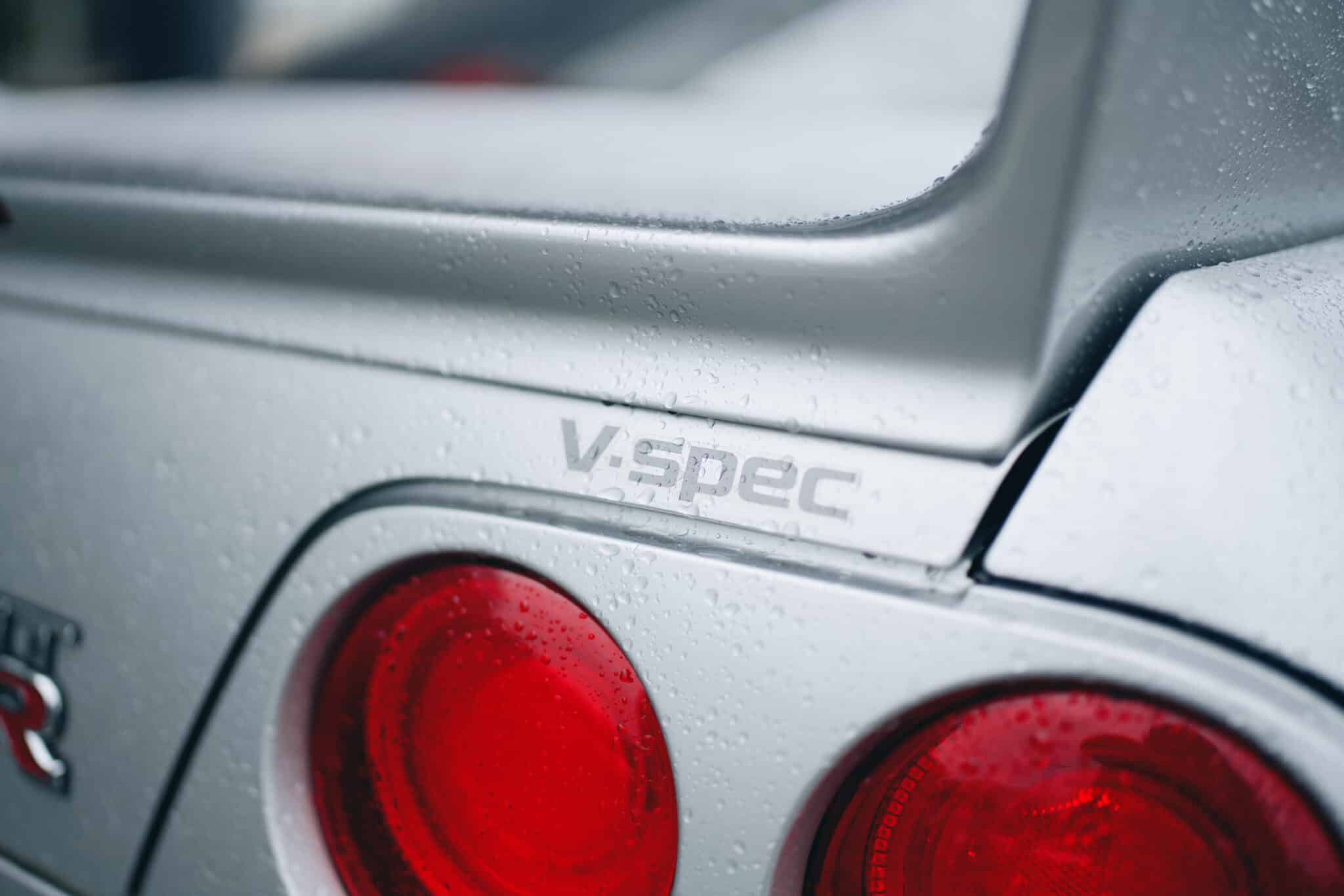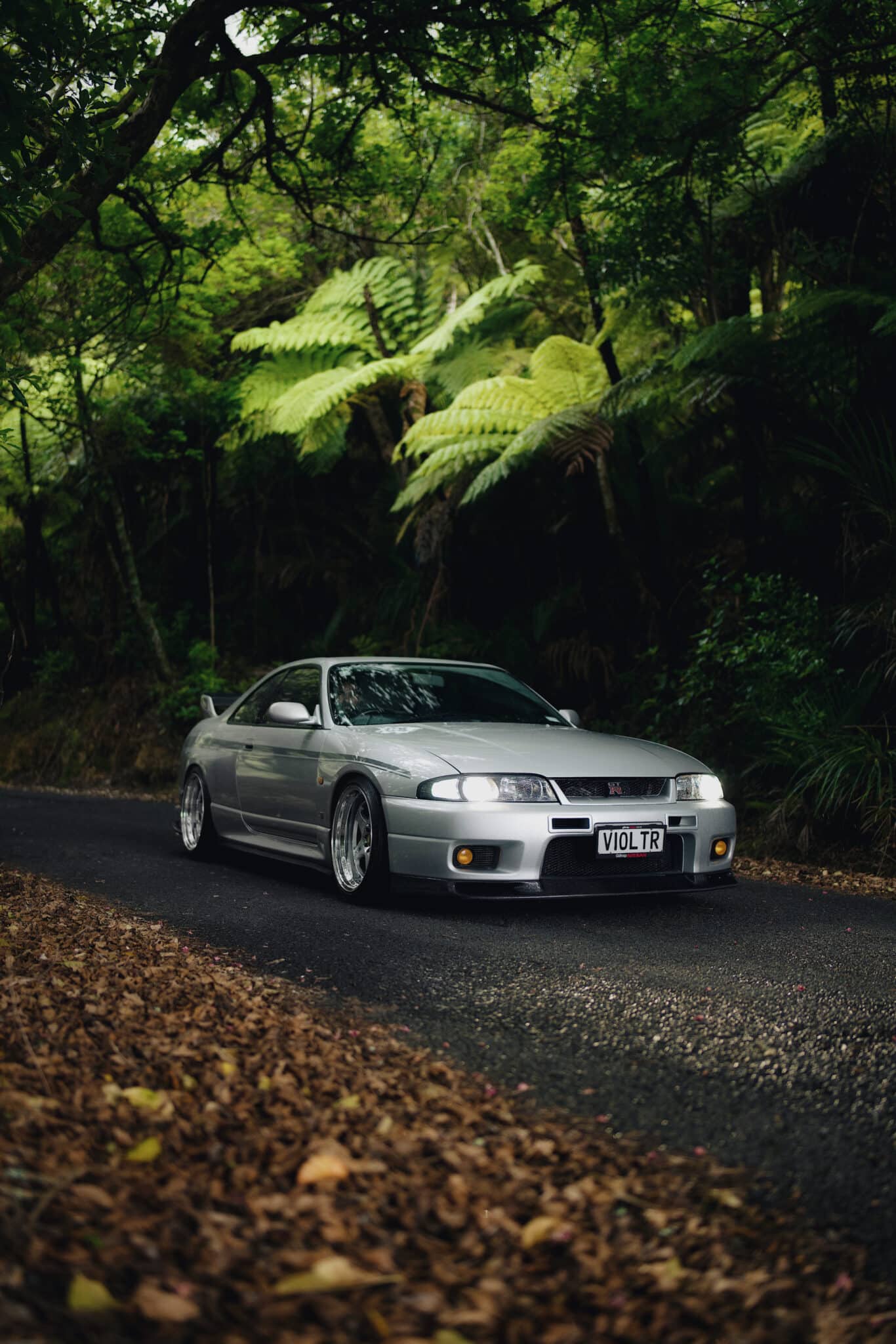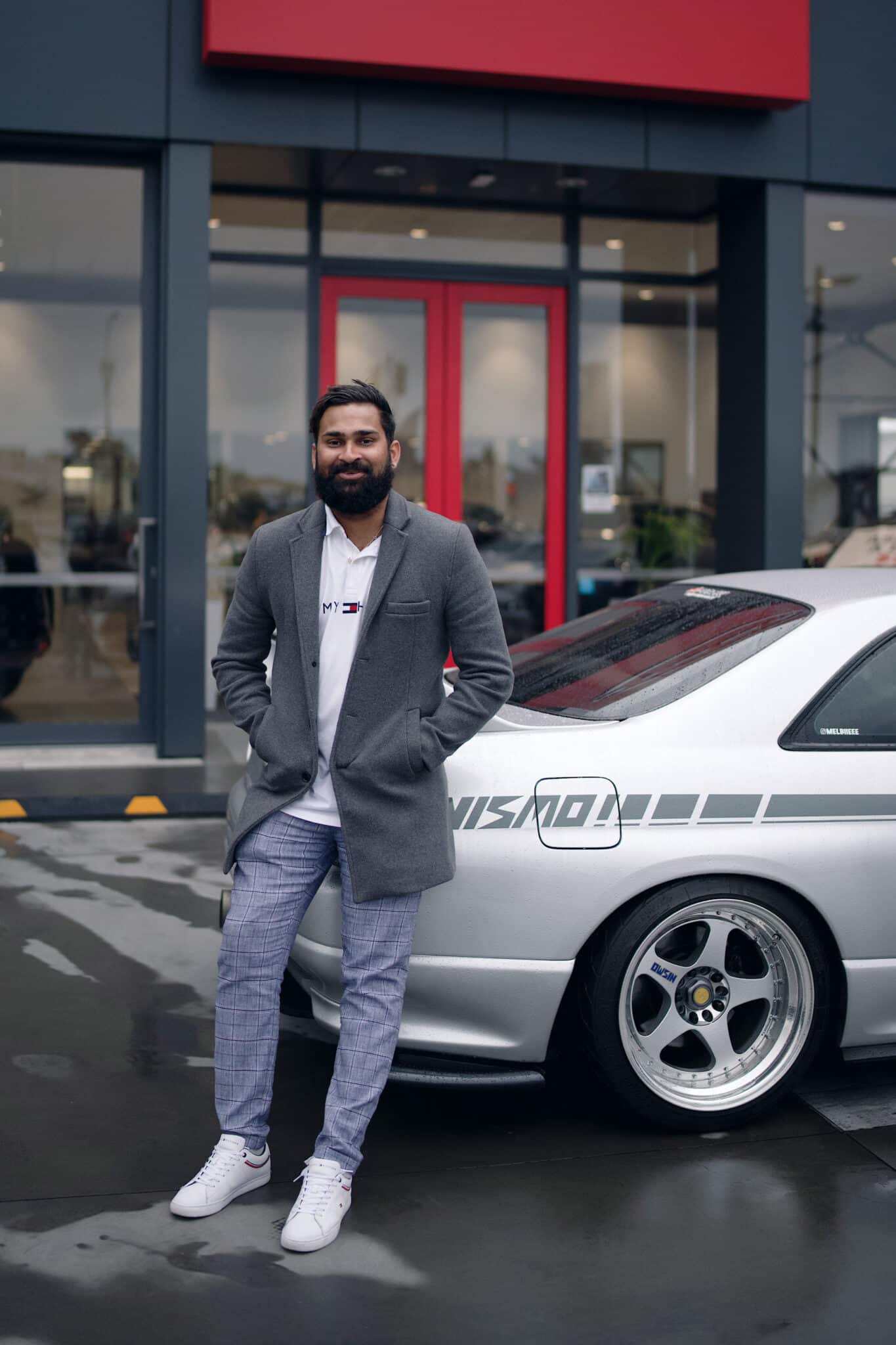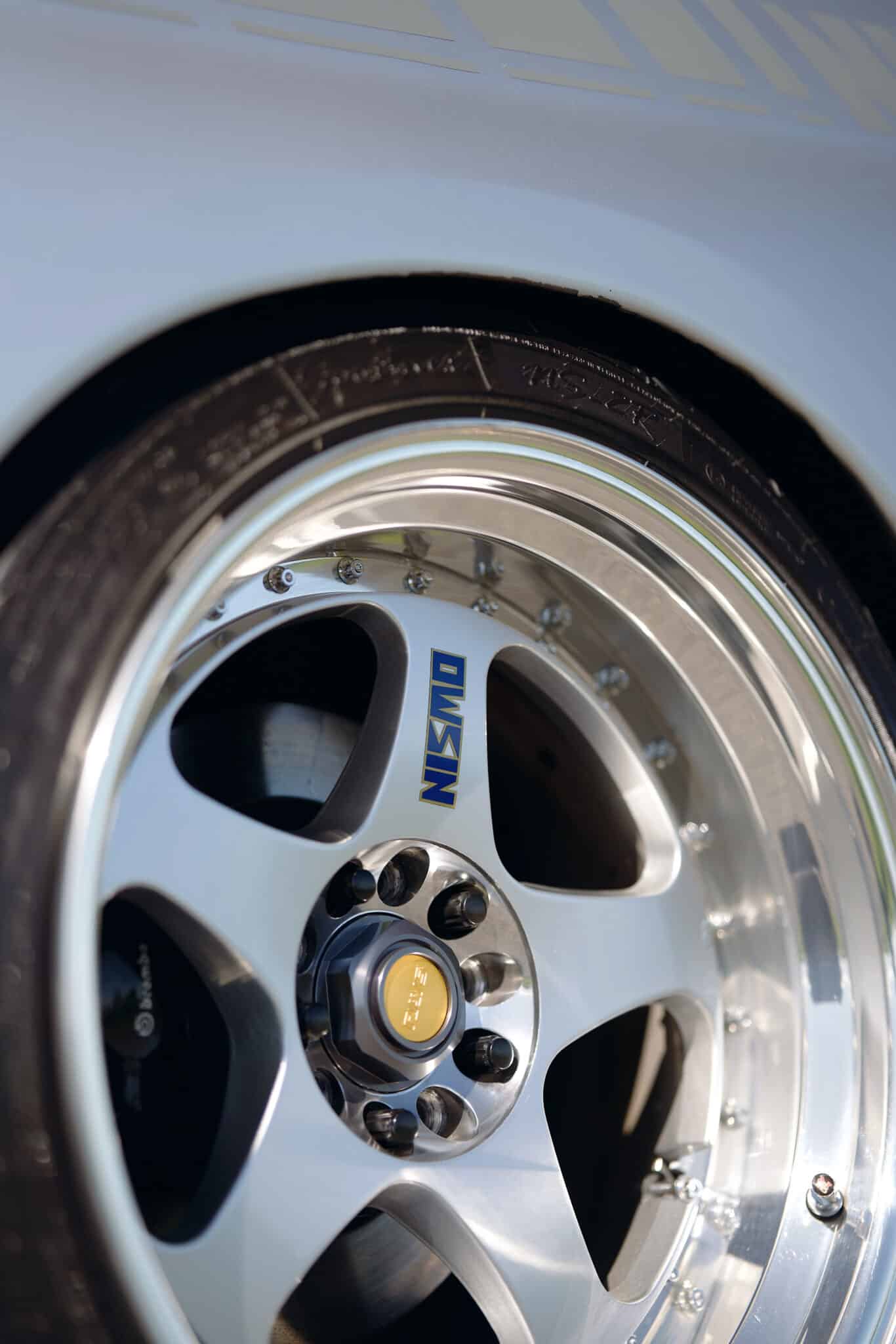Words: René Vermeer Photos: Archee Lal
The Nissan Skyline R33 GT-R has truly come into its own in recent years. Traditionally the ugly duckling, the wider-bodied, curvier platform is lending itself to the wider offset, aggressive fitment of our generation of car modification and styling. Being the lesser common of the R-series trio, there’s more of them around in tidier, more original condition too, which is becoming something car builders are craving — more time modifying and less time getting their platform up to scratch. For Melvin Sami, this wouldn’t be his first R33 GT-R, but rather his second. The first one was modified when he purchased it, but what he was craving the second time around was a blank canvas — not because there’s anything wrong with purchasing a modified car, but Melvin really was eager to showcase his vision on an untouched, pure platform. “The plan was to build the R33 GT-R in a way not done before,” Melvin told us.
Melvin’s vision aligns with one more commonly seen among car enthusiasts these days; a sort of restomod, nostalgia-inspired vision, with modern fitment, technology, and engine power. The base idea was around his love for the 400R GT-R — the unobtainium unicorn, only found north of Narnia, and just to the east of Mordor. This GT-R was purchased through a local dealership, but Melvin worked with them to source it from Japan, increasing New Zealand’s stock of the iconic chassis. In complete factory trim upon arrival, it didn’t take Melvin long at all to begin sourcing and scouring for rare exterior parts for the project. He told us, “I started working on the cosmetics of the car first. Piece by piece changing things here and there — for example, the carbon fibre lip and wing blade, the wheels, suspension, and other accessories. Everything I could do cosmetically at the time for the interior and exterior I did to make the car appealing. I then worked my way towards the engine build before the GT-R Festival in 2020.”
It has been thrown around before that the wheels make a car and in Melvin’s case with the 400R-inspired build, that couldn’t be more accurate. There was simply only one wheel Melvin could run to pull off the look, but the only problem was that the Nismo LMGT-2 doesn’t come in desirable fitment in today’s standards. “The most difficult part of this build has to have been the custom lips and barrels for the Nismo wheels. The boys from Autostance were in the process of rebuilding the Nismo LMGT-2s and the lips took well over six months to arrive, then it was another few months to machine them to spec. It took precisely one year to rebuild the wheels to custom specifications — all the other bits and pieces were easy to acquire in comparison.” All said and done, the custom Nismo wheels are pure perfection, with custom stepped lips, SSR hardware, colour-matched faces, and now measuring a stout 18×10.5-inch (+6) — the ultimate 400R street-style wheel.
Wound right down over 265/35R18 semi-slicks, the GT-R’s exterior was taking shape. With tasty carbon fibre accents, and the 400R-inspired decal work, Melvin’s vision was materialising.
We need to have a discussion around power figures here in New Zealand — did you know, it’s okay not to have 1000kW? More so, especially if it’s a street car — we commend car builders opting for ‘reasonable’ power figures these days. Why? Because they’re driveable. Once upon a time, 300kW was an impressive benchmark, and 400kW was seriously impressive. If you’ve got a streetcar and you want to use it like Melvin does, take a good hard look at yourself — you’re still cover-worthy with less!
Opting for a ‘lowly’ 400kW round-figure, Melvin knew exactly who would be doing the work on his R33 GT-R. He told us, “I reached out to Ethan at Hi-Power Performance. I heard really good reviews about his work from a lot of my mates in the car scene and I followed him on Instagram, so I got to see his work day in and out and it was really impressive. After he worked his magic on my first GT-R, it was a clear choice for me as to who I wanted to work on this car. Needless to say, with Ethan doing all the major engine work and Brian from NDT Developments tuning the car, it still to this day runs so well.”
Not trying to reinvent the wheel, the team opted for a tried and tested Garrett GTX3582R, which at 400kW at the wheels isn’t working hard at all — there’s room for 500kW-plus should the wick be turned up, especially with a sprinkling of ethanol. Being a GT-R out of the Hi-Power Performance stables, you better believe the engine bay in Melvin’s GT-R is impeccable — they truly do set the benchmark in New Zealand. “My long term with the engine is to do a full rebuild, chase a higher power figure potentially on an RB28 or RB32 engine while maintaining a manual transmission, as I prefer it — of course with a strengthened gearbox.
“The history of the GT-R heritage goes back years and I really enjoy owning one to represent its culture and heritage all the way from Japan. It’s a car that broke records when it first erupted into the scene and ever since then it’s been making a name for itself in various ways. It’s a car many dream of but unfortunately don’t get to own. As a kid growing up, I used to see GT-Rs owned by others and always wanted one for myself. I tried my best to make that dream come true. Now when I get compliments from the younger generation for my car and how I’ve built it, I feel really happy about it because I was that kid once. It feels even better when the older generation talk to me about the GT-R and give great feedback. So, there’s a lot of things that come with owning such a great car, but getting the recognition for the build has to be the best part about it.”
_________________________________________________________________________________________________
This article originally appeared in New Zealand Performance Car issue 301






